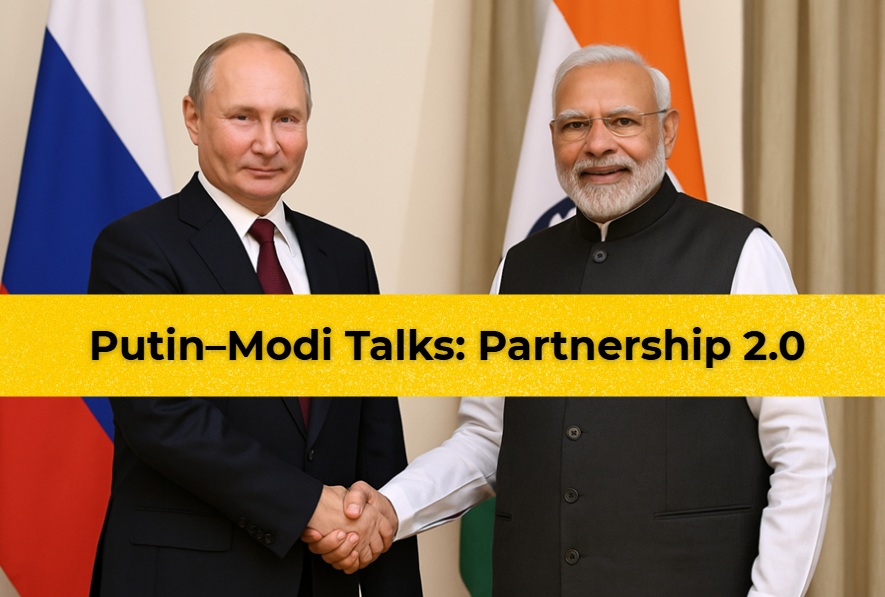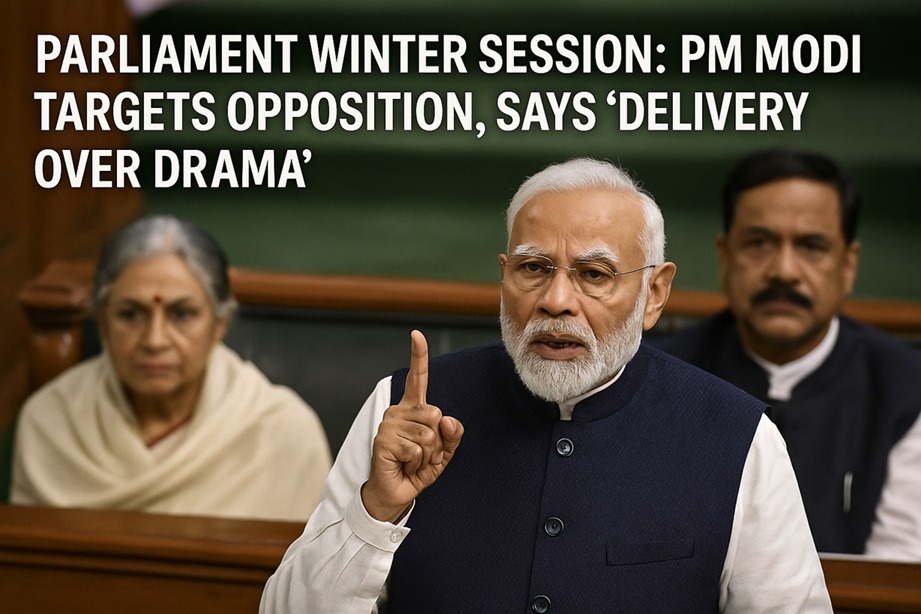Prime Minister Narendra Modi’s recent visit to Russia for the BRICS Summit has garnered significant global attention. With a grand reception in Kazan, marked by vibrant Indian cultural elements such as Laddu cakes, traditional dances, and chants of “Modi, Modi,” Modi’s arrival was seen as a symbolic reminder of India’s growing influence on the world stage. Russian President Vladimir Putin personally greeted PM Modi with a warm hug, setting the tone for a visit loaded with strategic implications.
While the BRICS (Brazil, Russia, India, China, and South Africa) Summit itself has long been an important forum for cooperation among emerging economies, the backdrop of this year’s summit has made it even more crucial. From discussions on the Russia-Ukraine war to the resolution of India’s border standoff with China, the summit has highlighted India’s evolving role in international diplomacy.
Key Outcomes of Modi’s Visit to Russia
1. Russia-Ukraine War and Bilateral Talks with Putin
One of the central topics of PM Modi’s bilateral discussions with President Putin was the Russia-Ukraine conflict. While details of these discussions remain under wraps, Modi’s diplomatic approach has consistently been one of calling for peace and dialogue, rather than taking sides in the conflict. India has maintained a neutral stance on the war, focusing on humanitarian assistance and advocating for dialogue to resolve the situation. Modi’s visit reaffirmed India’s strong relations with Russia, even as Moscow continues to face international pressure from the West.
2. Breakthrough in India-China Border Tensions
Perhaps the most significant development that coincided with Modi’s participation in the BRICS Summit was the announcement of the resolution of the India-China standoff at the Line of Actual Control (LAC) in Ladakh. Since 2020, tensions between the two nations had simmered, with military standoffs threatening stability in the region. However, both India and China have officially confirmed that they have reached a mutual consensus to ease tensions along the border.
This breakthrough, just days before Modi’s arrival in Russia, underscored India’s diplomatic strength. The resolution of the LAC issue has been hailed as a major success for Modi’s foreign policy, especially considering the prolonged nature of the dispute. External Affairs Minister S. Jaishankar played a crucial role in these negotiations, highlighting India’s emphasis on dialogue and strategic patience. With China facing growing challenges in the South China Sea and increasing tensions with Taiwan, it is believed that Beijing sought to de-escalate its border conflict with India to avoid being overstretched.
3. Speculation Around Modi-Xi Jinping Meeting
The resolution of the India-China border issue has sparked speculation about a potential meeting between Modi and Chinese President Xi Jinping during the BRICS summit. Though not officially confirmed, such a meeting could mark another critical milestone in Modi’s diplomacy, as India looks to balance its relationship with China while maintaining strategic independence.
If the meeting occurs, it would be a significant moment, as Modi and Xi would be appearing together after years of strained ties following the Galwan Valley clash. A face-to-face dialogue could help further reduce tensions and pave the way for more robust economic cooperation between the two Asian giants, especially within multilateral platforms like BRICS.
Modi’s Diplomatic Balancing Act
1. Standing Firm Against Global Pressures
Modi’s participation in the BRICS Summit also reflects his broader foreign policy approach—one of strategic autonomy. Over the years, India has increasingly resisted external pressures from the West, particularly the United States, to align its policies with Western interests. Modi’s government has been clear that India will make decisions in its own national interest, whether it’s buying oil from Russia, maintaining defense ties with Iran, or deciding on arms deals with countries like France.
This stance became especially apparent during the recent diplomatic tensions between India and Canada. Canadian Prime Minister Justin Trudeau’s allegations linking India to the killing of Khalistani separatist Hardeep Singh Nijjar led to a sharp diplomatic row. Modi’s government rejected these claims outright and refused to yield to pressure from Western allies, sending a message that India will not compromise on matters of national security or allow its sovereignty to be questioned.
2. Managing Complex Relations with China
India’s relationship with China has been one of careful diplomacy. While the two nations have significant trade relations, their border disputes and China’s close ties with Pakistan have complicated the relationship. Modi’s government has maintained a pragmatic approach, managing to negotiate resolutions where possible, such as the recent LAC breakthrough, while also preparing for potential future confrontations.
Modi has also been clear in his messaging that India will not be swayed by offers of protection or alliances that come with strings attached. For instance, the U.S. has attempted to position itself as a partner to India in countering China’s influence in the Indo-Pacific region, but Modi’s government has consistently emphasized that India will pursue its own independent foreign policy.
3. BRICS as a Counterweight to Western Hegemony
The BRICS platform itself has emerged as an important vehicle for Modi’s global vision. With Russia, China, and other members sharing an interest in creating an alternative to Western-dominated institutions, BRICS has become a forum where India can exert influence without being beholden to Western powers. Modi’s active engagement in BRICS reflects his commitment to multipolarity in global governance and his desire to build alliances that are not reliant on the West.
At this year’s summit, Modi advocated for expanding BRICS, emphasizing that many countries are eager to join the group. As BRICS grows in prominence, it could become a counterweight to organizations like NATO and the G7, giving emerging economies a stronger voice in global affairs.
A Resilient Foreign Policy
PM Modi’s diplomacy, as demonstrated at the BRICS Summit and in his dealings with major global powers, has reinforced India’s position as a rising global player that is not easily swayed by external forces. Modi’s ability to resolve the border standoff with China, manage complex relations with Russia amidst global tensions, and push back against Western pressures is a testament to his leadership on the world stage.
India, under Modi’s leadership, is carving out its own path—asserting that its interests come first and that it will not be bullied or coerced by any nation, be it a superpower or a close neighbor. This resilient foreign policy approach is paying dividends, as seen in Modi’s handling of both the Russia-Ukraine war and the India-China border conflict.
As India continues to rise in global influence, Modi’s diplomacy will play a critical role in shaping the future of not just India, but global geopolitics at large. The BRICS Summit has once again highlighted Modi’s ability to navigate complex international challenges while ensuring that India’s interests are safeguarded and promoted on the world stage.
Prime Minister Narendra Modi’s visit to Russia for the BRICS Summit has solidified his role as a statesman capable of balancing India’s diverse relationships with global powers. His ability to manage the India-China standoff, engage diplomatically with Russia and other BRICS nations, and resist external pressures from the West showcases a confident and self-reliant India. Modi’s diplomacy is not just about making deals or attending summits—it is about positioning India as a key player in a multipolar world, where its voice and interests are respected and prioritized.





